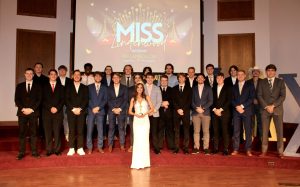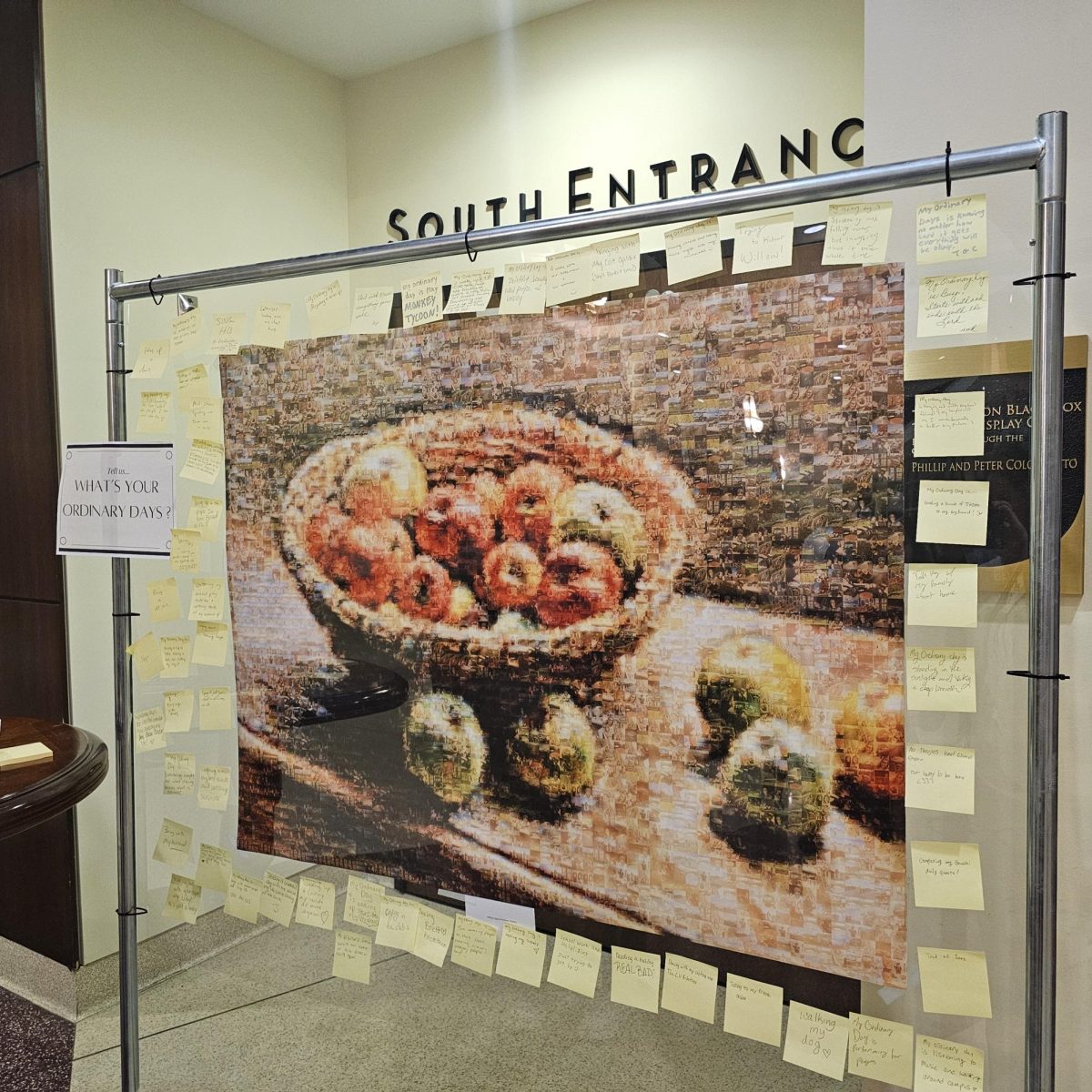Kelby Lorenz | Page Designer
From Print [March 1, 2016] | Legacy
Lindenwood needs to get up to speed with technology and dump its carbon paper system. Carbon papers, also known as multi-copy forms, are used at Lindenwood for enrollment, adding or dropping a class or policy exemptions and are completely obsolete and inefficient. The time taken to use these papers is unfathomably high, and is a nuisance for college students and faculty alike.
Imagine this: in mid-January a young college student is walking to lunch. He realizes that his I.D. is missing. After searching frantically for it, he finally determines that it is lost. The student walks to Roemer Hall to purchase a new one. This is when chaos erupts.

All of the paper involved with carbon copies.
After talking to the Business Office, the student is told he cannot pay the $15 to get a new I.D. because he has not set up a payment plan with his business representative. The young man’s mother had asked for a PDF copy to be emailed to her, to ease the process. When the student asks for this, he is shocked to find out that there is no PDF available, only a carbon paper copy. This is then snail-mailed to his mother. The student then has to pay his January tuition installment to then pay another $15, finally getting an I.D. This takes 45 minutes. A simple solution of providing email PDF forms for all carbon paper uses would increase efficiency.
It would also erase the problem of running from office to office getting signatures.In addition, carbon papers are not eco-friendly. Marilyn Abbott, provost and vice president of Academic Affairs at Lindenwood, provided the number of multi-copy forms purchased from their supplier in 2015. A total of 10,000 forms were purchased for enrollment, 28,000 forms for adding and dropping classes, as well as 10,000 policy exemption forms, 5,000 prior approval forms and 5,000 application for degree forms. That’s almost 60,000 forms, equally around 180,000 pieces of paper, considering that each form contains three sheets. This number kills over 2,100 trees every year.
For every set of three attached carbon papers, two of them will be kept on file. One for the office that the paper is finalized in, and one for an adviser or dean. The other paper, meant for the student, will more than likely be thrown away. And, the carbon papers kept by various offices and advisers will also get thrown away eventually. This leads to an increase in paper trash, which is disastrous to the environment. Essentially, with every carbon paper thrown away, it adds to the carbon footprint that Lindenwood is creating.
Lastly, this system is simply not economical. For every set of carbon papers printed, it costs the university money. With the fact that these papers are so frequently thrown away, the university is essentially throwing away its money for every piece of carbon paper. The problems faced by using multi-copy forms has not gone unnoticed from administration, and they are working toward a proposed solution.
“Most of the offices on campus would be happy to switch to electronic forms, however, given our current Student Information System (CAMS), it would be very costly due to the large amount of programming required to establish the process trail for each type of form,” Abbott said.
Abbott continued by saying that Lindenwood is working to change its SIS system to increase functionality. As such, “paper is [their] only option.”
I would like to propose another option, one that I mentioned previously: creating an email PDF. Emails are being used more frequently for these types of documents. Also, with the development of interactive PDF’s through companies and their services, such as Adobe InDesign, it is easier than ever to make a document that can be filled out within an email and immediately sent back. An email does not cost money. The only money being spent is that which is given to the faculty or staff member who makes the PDF. With a university that is busy consolidating schools and cutting back in so many areas to save money, a simple fix like this could save Lindenwood tons of money and streamline a very inefficient process.
Does this mean that an email PDF is the only way to go? No, it is not. By updating our SIS system to accommodate new forms, students may see a better payoff than through the use of emails. Yet, the money used to produce this new system may be too high to balance it all out.












